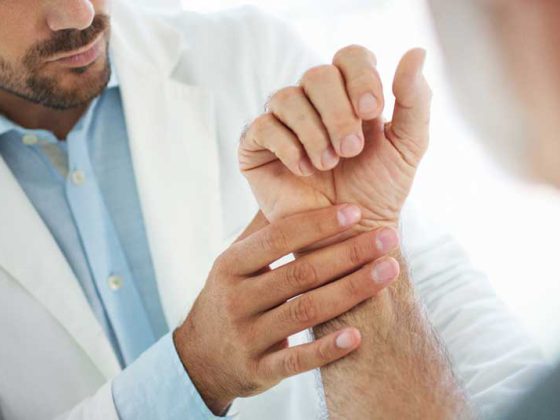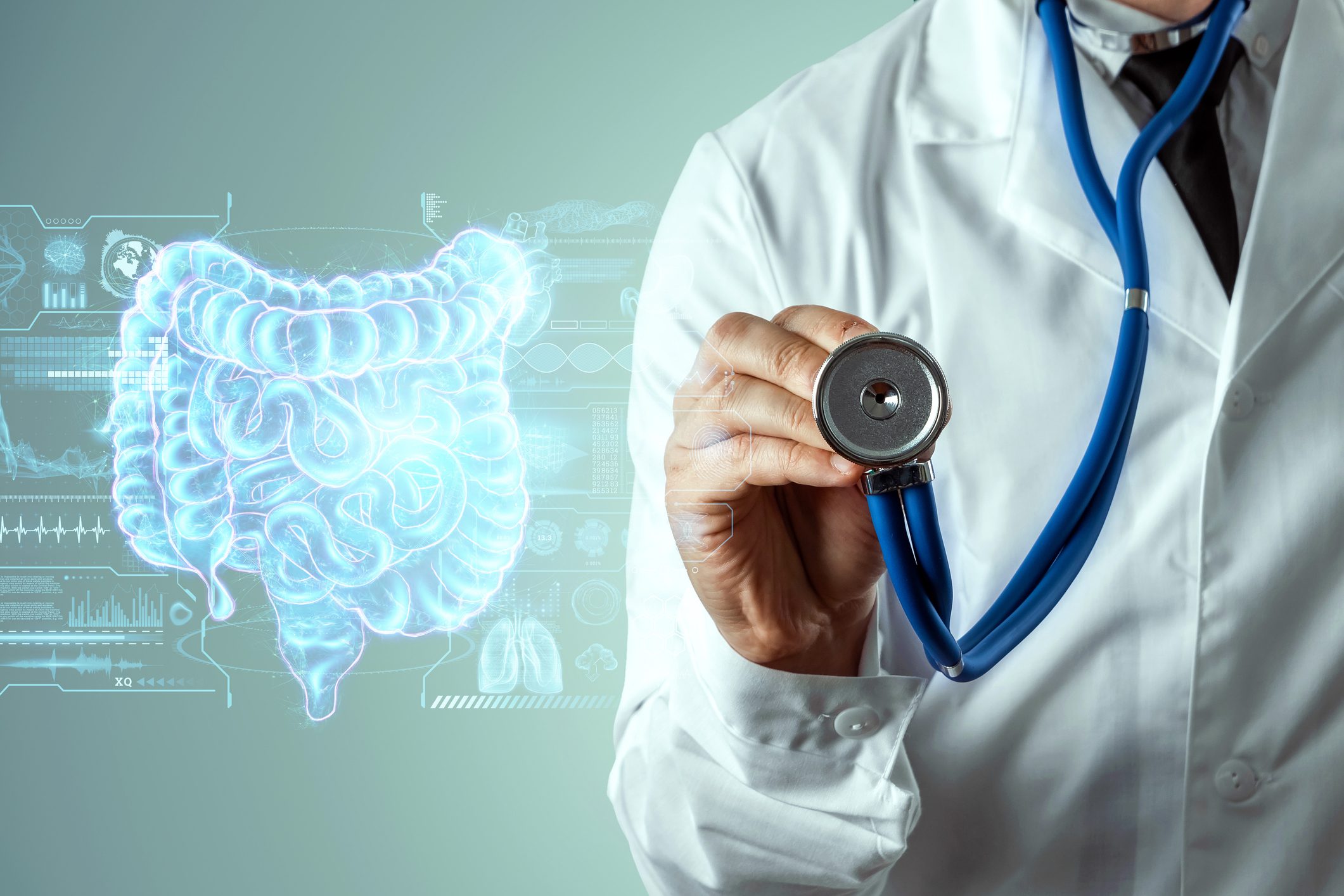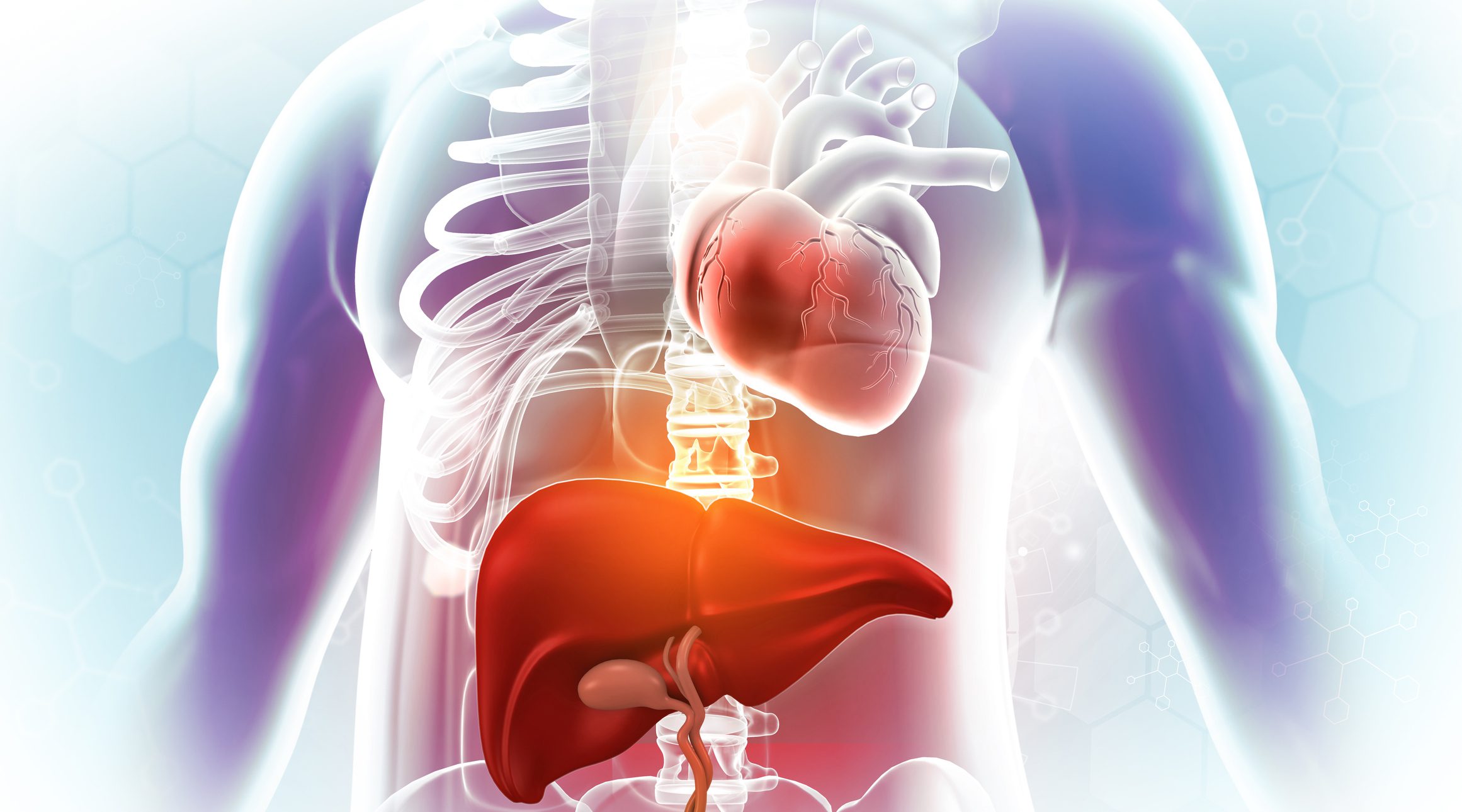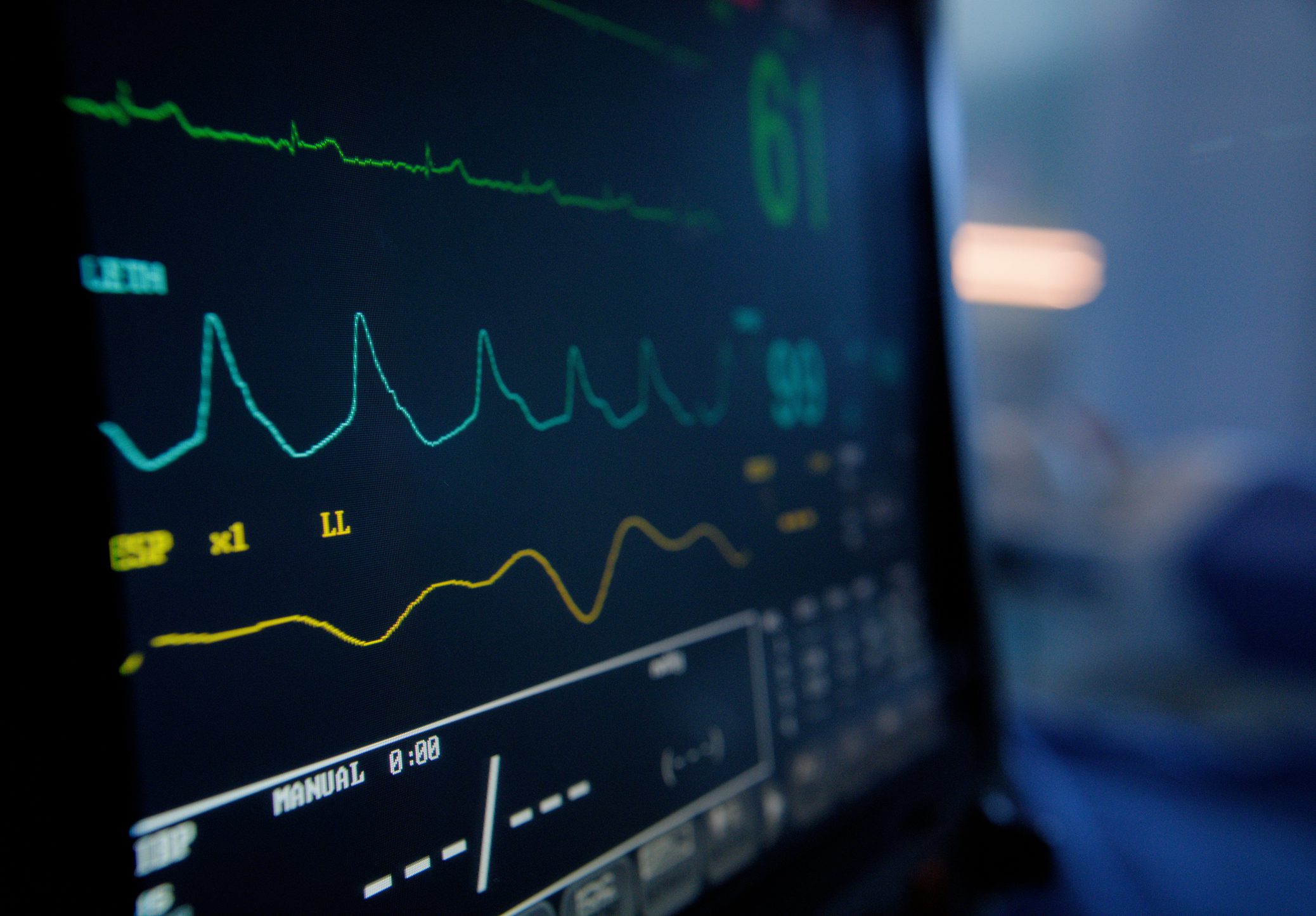In the context of the relaxation of protective measures, much revolves around contact tracing and economic aspects. This includes the issue of reimbursement for SARS-CoV-2 testing. An updated fact sheet from the FOPH summarizes the key points. The federal government now covers the full cost of a test for symptomatic individuals, and the deductible for patients is eliminated.
More and more people worldwide are becoming infected with the new coronavirus. In Switzerland and many other European countries, the number of cases has dropped massively and public life is increasingly returning to normal. In view of the persistently low case numbers, the Federal Council has decided to lift the extraordinary situation and further relaxations from June 22, 2020 [1]. In order to prevent a resurgence of infections as far as possible and to be able to react quickly in the event of an increase in the number of cases, close monitoring is considered important. Rigorous contact tracing with broad-based testing for the SARS-CoV-2 will be used to break chains of infection. Part of the relaxation is also the lifting of entry restrictions for persons from the Schengen area, which has been in force since mid-June. When people arrive from a country that has a high number of new infections relative to the population, temperature measurements will be taken on passengers at the airport starting June 15, 2020 [2]. For those with signs of fever, a more detailed workup will be performed and, if necessary, testing for COVID-19 will be performed. This border sanitary measure is valid until further notice.
Revised cost coverage and sampling criteria.
An updated fact sheet has been issued regarding the coverage of Corona tests. Accordingly, the compulsory health insurance still covers the costs for tests of persons who fulfill the sampling criteria, i.e. who are symptomatic (Fig. 1) . The sampling criteria were last updated on 24.6.2020 (status 30.6.2020) [3]. If an asymptomatic patient wishes to have a test performed, they must pay the cost as a self-pay patient. If sampling criteria are met, on the other hand, the federal government will cover all costs for tests from June 25, 2020, meaning that there will be no deductible for patients. Prior to the entry into force of these revised provisions, the costs of the virus tests were borne partly by the health insurers and partly by the cantons. This regulation meant that not all patients were treated equally: If the costs were covered by the mandatory health care insurance, the subjects incurred a deductible and co-payment. If, on the other hand, the cantons took over the tests, then no costs were incurred for the test subjects. Thus, there was a risk that people would not get tested if they had to bear the cost of the test themselves. The federal government covers the costs of tests for infection with the coronavirus according to sampling criteria, as well as serological tests for the detection of antibodies. The test for SARS-CoV-2 is reimbursed by the federal government with a lump sum of CHF 169, the test for antibody detection with CHF 113. The test criteria of the Federal Office of Public Health apply. Serological testing is not recommended at this time.
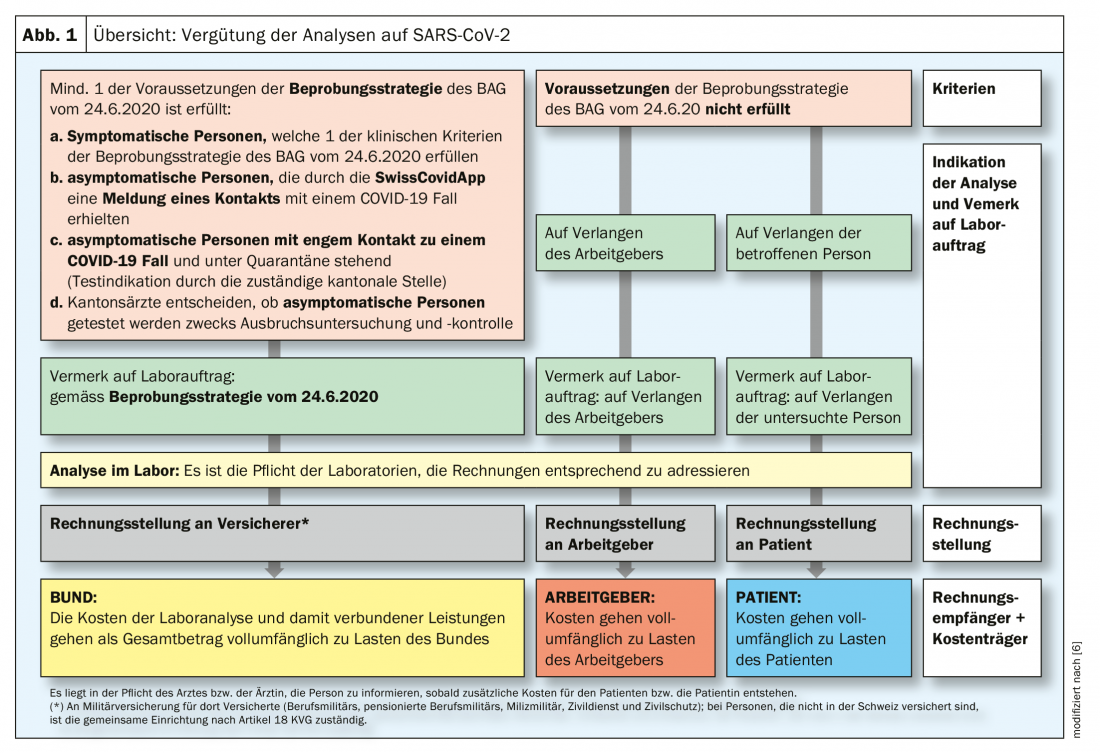
Contact Tracing via “SwissCovid App
On June 24, 2020, the Federal Council announced the official launch of the SwissCovid app starting June 25. The Corona proximity tracing app is designed to facilitate contact tracing and help keep corona virus at bay. Important questions and answers in this context are summarized in the “Fact Sheet Swiss PT-App” (as of 08.05.2020). In of the media release “SwissCovid App: Privacy Policy & Terms of Use” [5] published on 24.06.2020, it is explained which data is collected and why, and how information is used. The terms of use inform about the rules you have to agree with when using the SwissCovid App. The app of the Federal Office of Public Health (FOPH) is based on the Epidemics Act and the Ordinance of 24 June 2020 on the Proximity Tracing System for the Coronavirus SARS-CoV-2. The purpose of the app is to notify users who have potentially been exposed to the coronavirus and to compile statistics related to the coronavirus.
The most important at a glance [5]:
- By means of the app, users are informed if they have been in relevant contact with at least one demonstrably infected user.
- Prerequisite for the functioning of the app is the activation of Bluetooth.
- The app performs the following functions using an interface to the operating system of the user’s cell phone: The operating system generates a new private key every day, which does not allow any conclusions to be drawn about the app, the cell phone and the users. Within the range of Bluetooth, the operating system exchanges an identification code (“random ID/random ID”) with all compatible and active apps that changes at least every half hour. This code is derived from a current private key, but cannot be traced back to this key and also does not allow any conclusions to be drawn about the app, the cell phone and its users. The operating system stores on the cell phone the received identification codes, signal strength, date and estimated duration of the approach.
- The app periodically retrieves a list of private keys of infected users and lets the operating system check whether at least one locally stored identification code has been generated with a private key from the list. If this is the case and at least one cell phone of an infected user had a approach of 1.5 meters or less and the sum of the duration of all such approaches within a day reaches 15 minutes, the app will issue the notification. The distance is estimated based on the strength of the received signals.
- If an infection has been detected in a user, authorized specialists (e.g., treating physicians) generate a one-time activation code (“Covidcode”) that is valid for a limited period of time and communicate it to the infected user. This person can voluntarily enter the unlock code in his or her app. Notification or entry of the activation code is only carried out with the express consent of the infected user.
- The other app users for whom there has been a proximity of 1.5 meters or less in the infectious period and the sum of the duration of all such proximities to the infected user reaches 15 minutes within a day are notified by their own apps. Notified users are told that an approach has occurred or that they were potentially exposed to the coronavirus and on what day this last occurred.
- You will not know which user is infected and triggered the notification. The notification further includes the indication that the FOPH operates an infoline for free advice and behavioral recommendations from the FOPH. A user or user who has been notified via their app that they have been potentially exposed to coronavirus may have a test for infection with or antibodies to SARS-CoV-2 coronavirus performed free of charge upon proof of notification.
- The app also communicates behavioral recommendations from the FOPH, but cannot make a medical assessment or order any measures (such as a quarantine) or issue any instructions. The app does not use location tracking or geolocation.
Literature:
- FOPH: Coronavirus: broad normalization and simplified basic rules to protect the population, media release, 19.06.2020, www.bag.admin.ch, last accessed 30.06.2020
- FOPH: Border openings as of June 15, 2020, media release, June 15, 2020, www.bag.admin.ch, last accessed June 30, 2020.
- FOPH: Information for health professionals: News and adaptations, www.bag.admin.ch, last accessed 30.06.2020
- The Federal Council: Coronavirus: Confederation assumes costs
- for testing, SwissCovid app launches June 25. Media release, www.admin.ch, last accessed 30.06.2020
- BAG: SwissCovid App: Privacy Policy & Terms of Use, www.bag.admin.ch, last accessed 30.06.2020
- FOPH: Communication and Campaigns Division: Fact Sheet New Disease Covid-19 (Coronavirus): Regulation of reimbursement for analysis for SARS-CoV-2 and related medical services, www.newsd.admin.ch, last accessed 30.06.2020.
GP PRACTICE 2020; 15(7): 32-33




